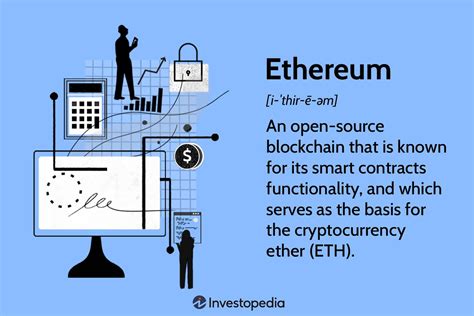Ethereum: What is the difference between time, blocktime and timereceived?
Understanding Ethereum Event Data
Ethereum is a decentralized platform that enables the creation of smart contracts and decentralized applications (dApps). When an event occurs on the Ethereum network, it creates a set of data that includes the time, block time, and received time. In this article, we will break down what each of these terms means and how they are represented in the context of Ethereum events.
Time
In the context of Ethereum events, “time” refers to the timestamp when the event was created. This is a Unix timestamp for the number of seconds that have elapsed since January 1, The time is displayed in seconds without any time zone offset.
For example, if you create a new token on the Ethereum network, your creation time is 2022-01-01T12:00:00Z. This timestamp represents the time of the event creation.
Blocktime
“Blocktime” refers to the delay between the creation of a block (a group of events) and its publication on the Ethereum network. The Ethereum Network Hash Function (ENH) creates a block every minute, which creates a unique digital fingerprint of all the events in that block. The block time represents the time it takes for the next block to be published after the previous one has been mined.
For example, if you are included in a block with an ENH hash of “1234567890abcdef”, and this block is published at 1643723902 (a Unix timestamp), the block time is represented as 1 This means that it will take 1 minute (or approximately 60 seconds) for the next block to be mined.
Time Received

"Timereceived" refers to the timestamp at which the network "received" or confirmed the transaction. This is also known as the time it was acknowledged, and represents the delay between the creation of the transaction and its acceptance by the Ethereum network.
In the context of the Bitcoind JSON RPC API, which provides a way for developers to interact with the Ethereum blockchain, the time received is represented as "1632". This means that if the transaction was created on 2022-01-01T12:00:00Z and received at 1643723902 (a Unix timestamp), the network would have acknowledged it about a minute later.
Sample transaction data
Here is an example JSON object representing transaction data returned by the Bitcoind JSON RPC API:
{
"amount": 0.02,
"blockindex": 45,
"timestamp": 1643723902,
"timereceived": 1632,
"time": 1643723915,
"transactionid": 1234567890abcdef,
...
} }
In this example, the transaction data includes:
- "amount": The amount of ETH to be transferred.
- blockindex
: The block number that the transaction was included in.
- timestamp
,timereceived, andtime` represent the time and delay between the creation of the transaction and the network acknowledgment.
By understanding these three terms – time, blocktime, and timereceived – developers can better understand how transactions are processed on the Ethereum network and make informed decisions about their own blockchain development projects.
